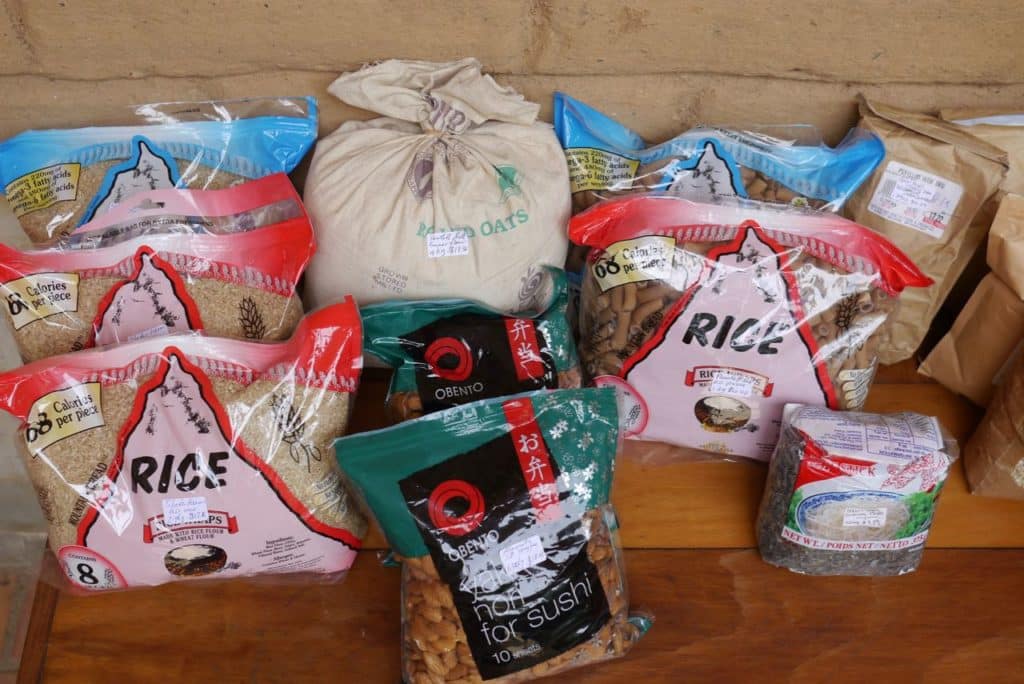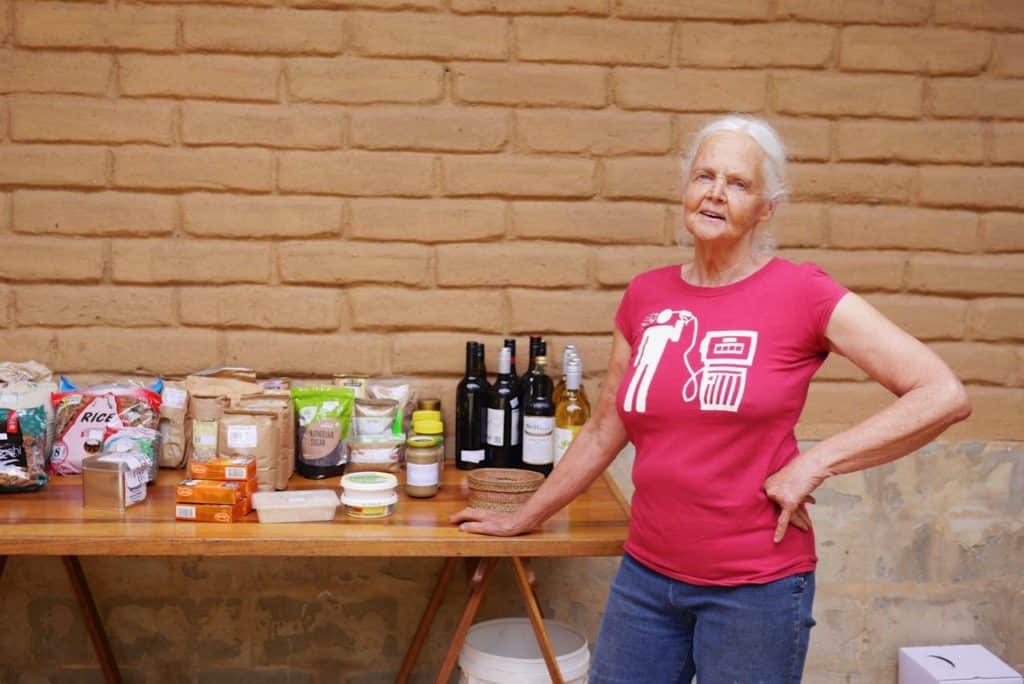Reducing & Reusing: Why Our Single-Use Packaging Habits Matter
Author: Kirsten Bradley
Go to Source
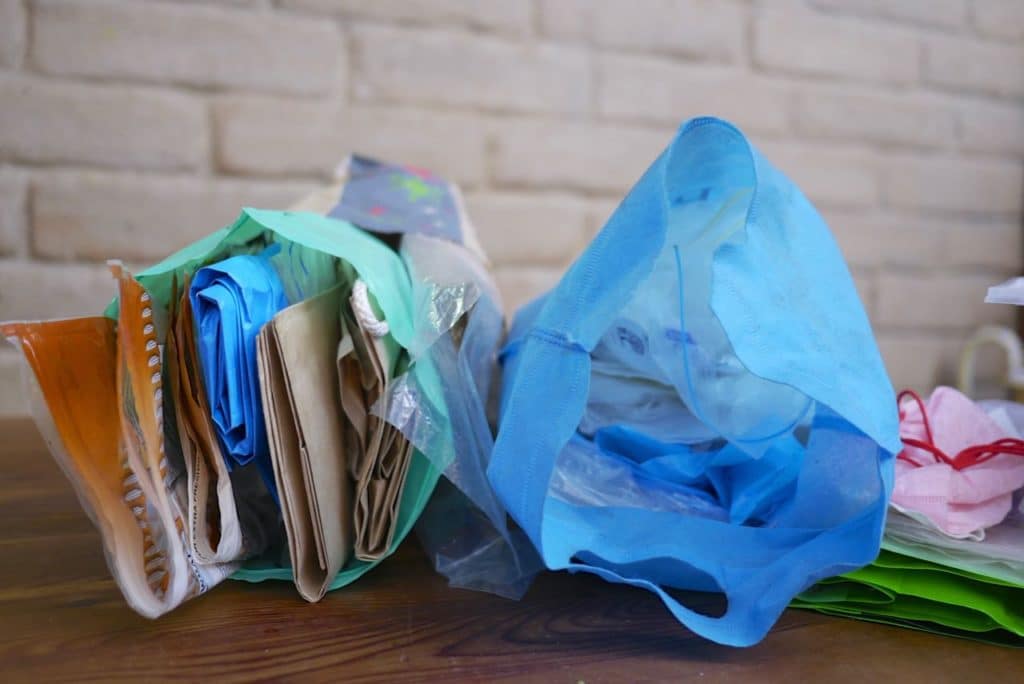
Can we stop for a minute, and talk about single-use packaging? Yes, I know, you’ve got a lot going on right now. BUT how about the idea of cultivating a new small habit… in seeing single-use packaging as a reusable resource, in your home? For now, and for always.
‘Why would I care about single-use packaging right now? I am literally living through a pandemic at the moment. And I definitely don’t need one more thing to feel guilty about’ – yes, I hear you. We are living through crazy times.
However, the single-use packaging we’re ignoring right now will continue to exist in each of our ecosystems for many thousands of years to come. This plastic is not going away, even though the virus (one day) will. Our footprints are large, and getting larger. But we each have the power to shift that.
So – are you up for a new habit? A small life-hack to shift your mindset? You’ll feel better for it, I promise. And so will your ecosystem.
This article is a part of our weekly Permaculture Living 2020 series – one do-able idea for you, taken from our Permaculture Living online course – to build your household resilience while engaging in everyday climate action.
Make sure you’re subscribed to our newsletter to get all the goodness, straight to your inbox, each week.
Recycle vs reduce & re-use
Recycling your soft plastics, hard plastics and other packaging is a good first small step towards lessening waste in your household.
But to be honest, quite often, this is just outsourcing your impact.
Displacing our guilt, by making the plastics in our household go ‘away’. Hopefully to an actual recycling facility, but who knows? Not us, because we hand-balled it to the international machinations of the recycling industry (or often, just landfill). Not our problem.
We would like to propose to you that reduction and reuse of your waste stream, wherever possible, is a far better household habit than recycling.
By committing to reduce and re-use the packaging that comes into our homes, we begin to own our impact – of one of our most important waste streams.
And our waste streams are something that we all need to get our heads around in short order, if we are to ‘live within our means’ (impact-wise) and create a livable Earth for all.
Happily, reducing and re-using packaging can be done in “every single household*, to some degree. By both your daily habits AND your advocacy and buying choices.
Focus on what you CAN reduce and re-use when it comes to packaging, and take it from there, one step at a time. You will get better and better at this, as you go.
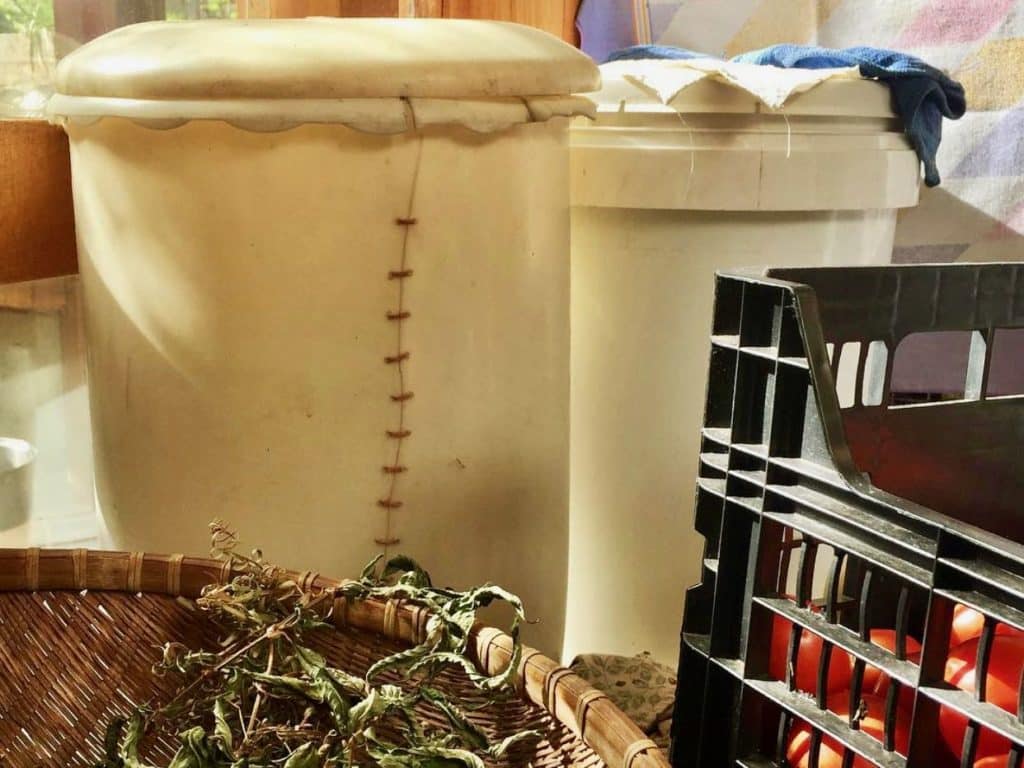
A note about plastics
Before we go any further, a note about plastics – while in some ways plastics are the bane of all of our lives, they are also an incredible material.
We would propose to you that plastic packaging, with all it’s embodied energy, being made of oil from ancient forests, and then manufactured and shipped around the world (sometimes many times) before reaching your kitchen bench – be treated as a valuable resource in your house.
Because what we value, we look after. And most plastic packaging can be re-used many, many times, for all sorts of important and useful things. So – how about viewing that turtle-choking plastic bag on your bench as the incredible re-usable resource that it is (stewarded properly, by you) – and treat it accordingly.
Start where you are, Use what you have, Do what you can. This applies to plastic bags, too!
A note about responsibility + privilege
Changing our society’s relationship to plastic is not just about you, the end user. Responsibilities lie at EVERY stage. Plastics have a life cycle, and there’s multiple responsibilities at every stage of that life cycle.
Manufacturers are responsible for how they create plastic, and which types they make. Companies that sell in plastic are responsible for what, how much, and why they use plastic.
Advocacy for drastically better and/or alternative manufacturing processes, our purchasing choices (when they are available) and whether we can afford to NOT purchase things in single use plastics – are all a part of this constellation.
But the fact remains – if you are able, given your privilege and access to alternatives (or the privilege that comes with being able to ‘go without’ – which is not possible for everyone, for all items) to make changes with what plastic you bring into your home, do it.
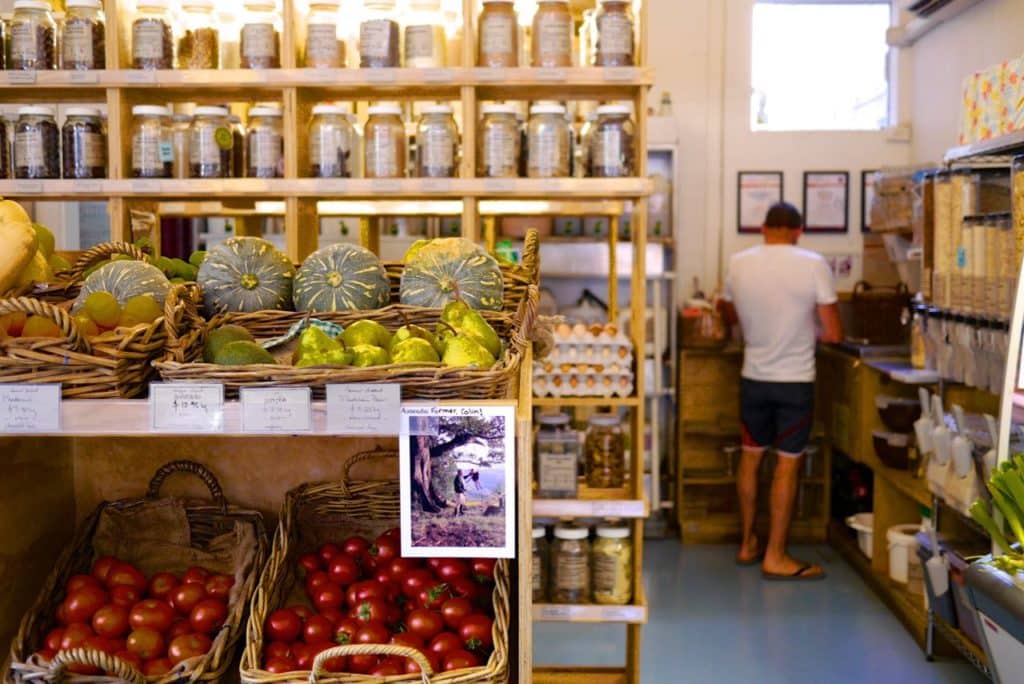
Reducing packaging
So the first step is working to reduce the packaging that makes it into your home in the first place. If the packaging doesn’t come in, you don’t need to be responsible for its use!
Check out your local food co-op or bulk foods store, and take your own bags and jars. Lots of bulk food stores we know are still operating at the moment, even under current constraints. And even if this means bags, it likely means LESS bags, because you’re buying in quantity. A great first step.
Is there a local veggie box or CSA scheme you can join, and get a weekly box of unpackaged veg? If you looked for one ages ago and couldn’t find one, have you re-checked lately?
Also, just keep packaging in mind, when you’re choosing food or other products. Is there one that comes in a cardboard box, instead of a ‘eons of responsibility’ plastic packet? Is there a way to pickup that item from the store, rather than have it sent to you, in a packaged sea or styrofoam?
Make these considerations that you build into your regular habits. No, it won’t be perfect – but yes, if you’re thinking this way, it will have an effect on what comes into your house.
If you have favourite suppliers, ask them if you can source from them unpackaged – this might be taking your own container to the butcher, or asking for the item in a paper bag instead. Small steps lead to big changes.
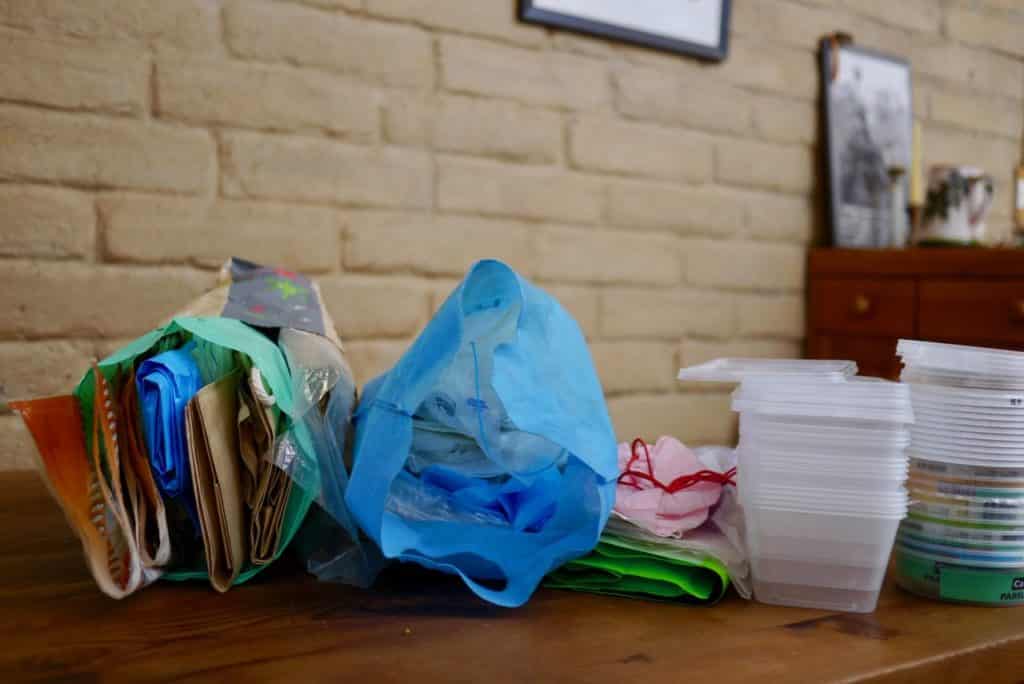
Re-using packaging – Nana-technology at its finest
Of course, some packaging will still make it into your home, especially in the beginning of this habit creation.
Enter the revolutionary nana-technology of washing packaging out, drying it, and using it again!
And again, and again.
Plastic bags, tubs, some cans, bottles and more. Yes, even the thin plastic bags. Wash them if necessary, hang to dry, fold up, and re-use. You got this.
A note that how you open your plastic bags can make all the difference – if you can’t open the bag cleanly, snip along the top neatly with scissors. This makes for a much more useful bag.
Feel weird about re-using plastics? Your Nana wouldn’t have been, most likely. My Nana used to peg her carefully washed plastic bags (already re-used many times) up on the line to dry, next to the tea-towels. It was just a fact of life for her, having lived through the introduction of plastics, and always having seen them as a valuable resource in her household.
And she was right. So channel your inner nana, and let’s make re-use normal again.
Again – by re-using all the packaging we can, we are acknowledging the resources it took to make that packaging. This helps us understand both our personal impact, and that of our society at large, apon our planet and ecosystems.
This stuff is important. And by washing, drying, carefully folding and re-using that packaging, you are doing a better job of being a human in your ecosystem, and are more connected to it, also.
This matters. And it’s an easy habit to form, and maintain. Well worth doing.
Example – Hepburn Food Share
Our dear friend and re-use expert Su Dennett runs a food share from Melliodora in Hepburn, Victoria. This foodshare runs on 100% re-used packaging, and it is a beautiful thing to see.
Large orders of grains, pasta and other foods are decanted into re-used single-use containers of every kind – then weighed, tallied and distributed.
Folks take the food home, and save the packets, bringing them back when they come again. And again. A beautiful and simple example of re-use at its finest.
And then there’s all the other types of re-use
We haven’t even touched on the DIY and crafting world of packaging re-use, but it is vast.
Crochet bags made from left over baling twine (weatherproof / waterproof – so awesome), all the things you can do in your garden with re-used bits and pieces, plastic bottle greenhouses, or ecobricks, fashion items, useful shopping bags and all the rest.
There’s a whole world of upcycling out there.
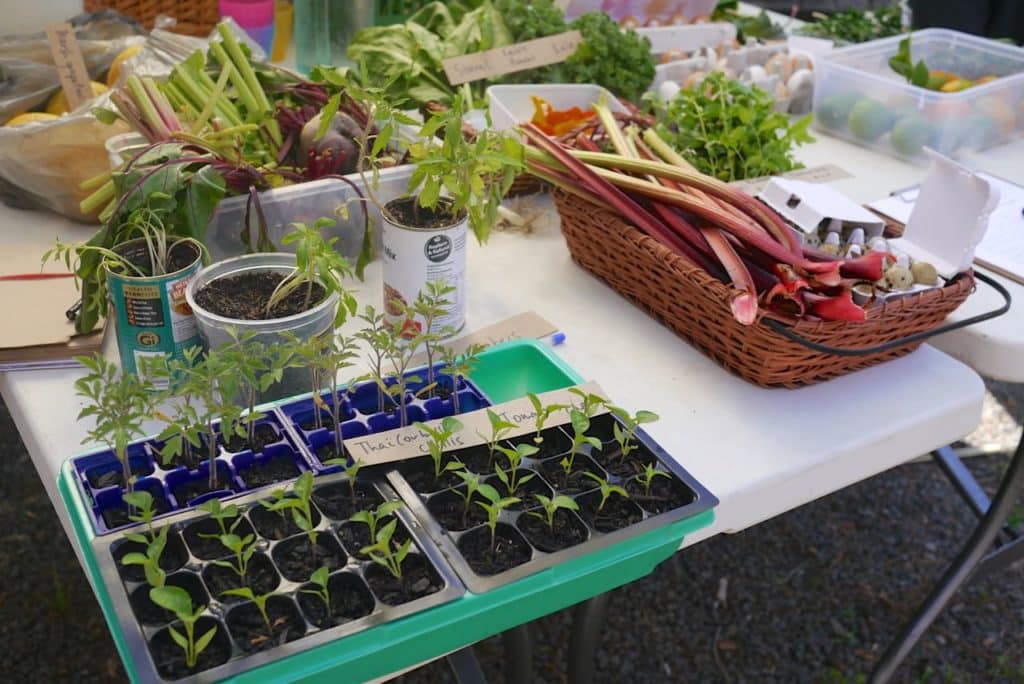
Curious to learn more? Join our live Q&A this Friday
This Friday we’re doing a Live discussion on reducing & re-using at your place, over on our Facebook Page! This week’s Live will be held live at 3pm (AEST) on Friday 15th May. Join us if you can? Join the facebook event here to ensure you get a reminder, if you like.
And if you have questions or comments on this subject, add them as a comment below! That way, we can add your questions and thoughts to the Live on Friday.
We’ll add the live Q&A video to this article after it happens, so if you miss the live version, no worries – you can still get the answer you were needing by watching it later.
So! Are you up for this new habit? Can you start with one single-use packaging item you use regularly, and figure out how to reduce or re-use it in your household? Start there. And good luck.
Reducing & Re-using – Resources
- A Family Guide to Waste Free Living – a book by Laura & Oberon Carter (signed copy!)
- No such thing as Waste – a song by Formidiable Vegetable
- 5 (or More) Ways You Can Reuse Food Packaging in Your Garden, Jonathon Engels, One Green Planet – funky upcycling garden projects
- Repurposed | Recycled | Upcycled Packaging, Packaging Diva, Pinterest – useful projects
- 20 Ways to Reuse and Recycle Empty Plastic Bottles, Budget Dumpster – cool ideas like building vertical gardens, and water savers for your garden, seedling pots etc
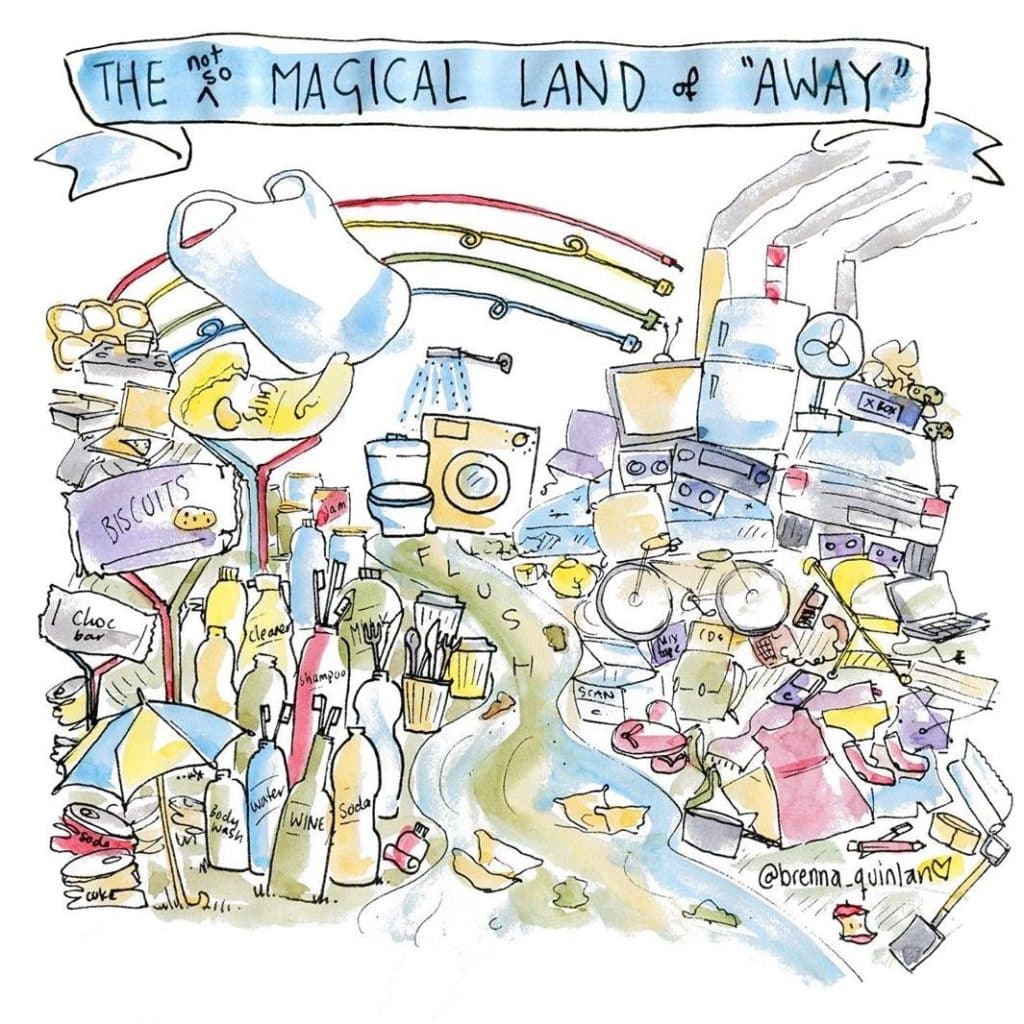
The post Reducing & Reusing: Why Our Single-Use Packaging Habits Matter appeared first on Milkwood: permaculture courses, skills + stories.

